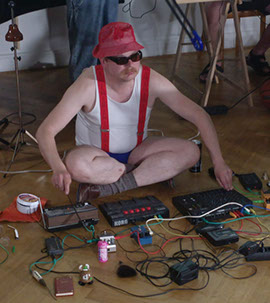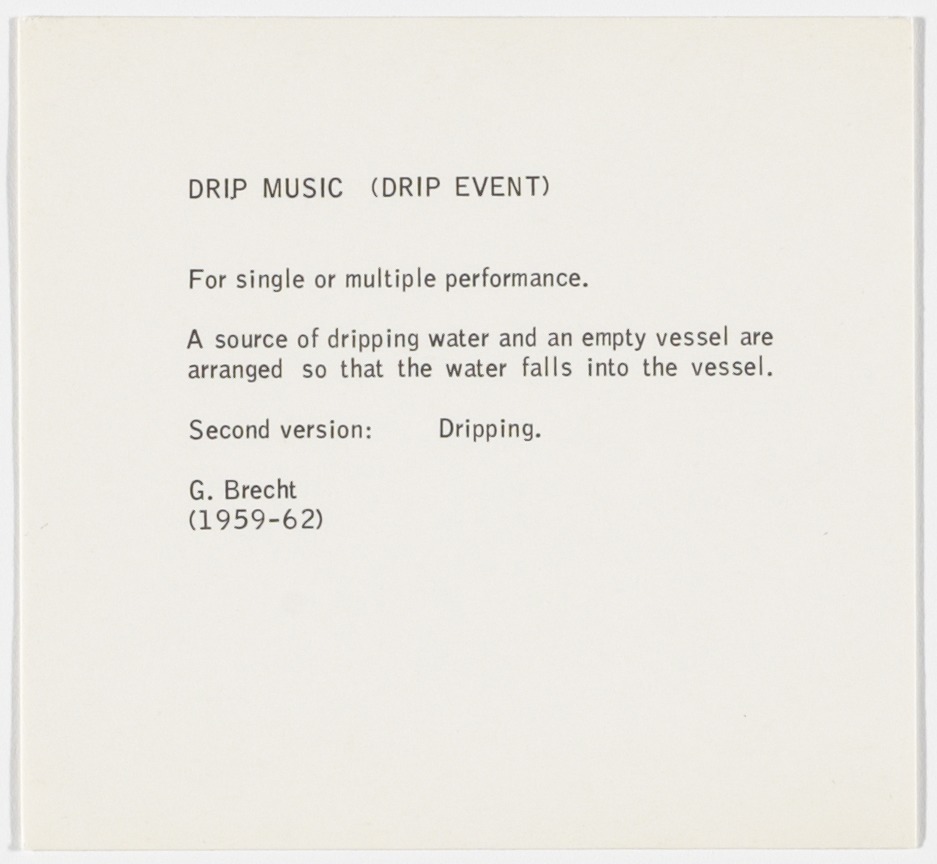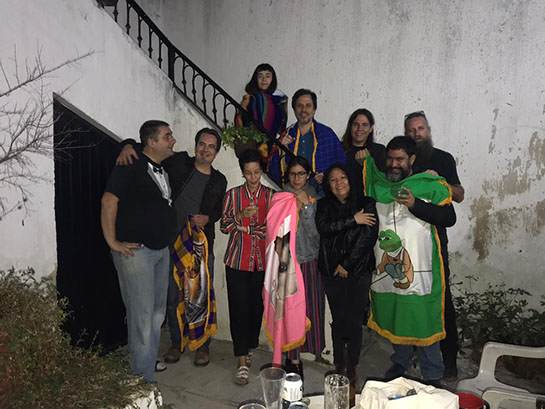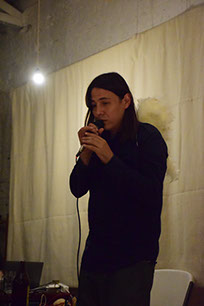









The Ambassadors of Disappointment were founded in June 2017. In their "constitution" they are described as "a large number of people who share their resources (not primarily material resources) and gather to action (music making performance, edification and pleasure). ! The word "music" and its derivatives are here not understood to refer exclusively to sound and related phenomena (hearing etc). The Ambassadors of Disappointment, whose members are at different levels of their musical education, often perform their music based on scripted instructions or graphic scores. Smartphones and screens are used to visualize the alternative them. They play in city halls and village halls. What they do refer to is flexible and depends entirely on current members of the Ambassadors of Disappointment.







The Ambassadors of Disappointment intend to function in public sphere, and this function will be expressed in the form of - for the lack of a better word- concerts. Each member will have the option of designing parts of the concert. The deatails of the concert will be determined by random methods or by voting.




















Improvisation and the momentary are crucial to the pieces; the uncanny and uncontrollable are important elements in a moment of curiosity.



Names of Ambassadors
//
Pilla Reyes
Miguel Mesa
Andrés Orozco
Janine Jop
Arturo Ortega
Karen Navarro
Carl-John Hoffmann
TinTin Patrone
Tim Huys
Tilo Kremer
Benjamin Kiehlmann
Abel Jaleta
Laura Kahler
Sultan Alawar
Iris Minich
Arvild Baud
Sohyun Jung
Fabian Jung
Simone Kessler
Olivia
NAKKIPAKETTI
Raimund Knott
Rica Zinn
Ansgar Wilken
Cooperfrau Melissengeist
Sie Kasahara







Improvising, playing compositions written by themselves or other composers, research on present-day topics to develop ideas for a piece, playing national anthems in ways vastly different from the way their composers composed them and their audiences loved them.

The AMBASSADORS OF DISAPPOINTMENT is a group of about 19 performers based in Germany and Mexico, including trained and untrained musicians from different contexts of classical, jazz, free improvised and rock music, as well as visual, mixed media and performance artists. It was born out of the intention to bring together an alternative pool of performers dedicated to an open approach to musical activity that is not constrained by traditional definitions. Many of the members come from art colleges; all have come together through a common interest in a free exploration of sounds of all kinds and in the intersection of visual and musical aspects of the performance.
Conceptually, the project THE AMBASSADORS OF DISAPPOINTMENT understands itself as a kind of deconstruction of the band Aid Machine by Bob Geldof. Band Aid (actually "Music Group Help", but derived from a tape equivalent name Band = Association / Bandage) was a band project of international pop stars that was founded in 1984 by Bob Geldof and Midge Ure with the aim of raising money for the band To collect victims of the famine in Ethiopia. The so-called charity singles such as "do they know it's christimas time" were the most widespread in the 1980s and coincided with the rise of neo-liberal aspirations and the globalization of the popular music industry. However, the charity thought presented in this way creates a kind of discomfort that has to do with the real aspirations that embody these songs on the one hand and the moral and ethical issues that they represent on the other.
The AMBASSADORS OF DISAPPOINTMENT strive to create culturally transformative moments, by appropriating specific pop culture aesthetics and formats, they directly refer to the charity supergroups as a historical "event". The alternative music / art collective, however, operates in its own categories, is composed of mainstream foreign materials and ideas, wants to act unconventional, uncomfortable and anti-capitalist.
Fluxus serves as a linguistic basis for all Ambassadors, Fluxus as a form of action art, a movement among artists against elitist high art, and the attempt to create new collective life forms. Fluxus is explained in terms of a fluid transition between art and life or the unity of art and life: "It is about production processes affecting life and not about the isolation of art from life." The focus is on the definition of Fluxus as an art of action , an attitude to timing and media usage influenced by musical concepts by John Cage, which relies on simple repeatability rather than creating outstanding one-time effects. Fluxus integrates video, music, light, sounds, movement, actions and various materials. There are also strategies of the new conceptualism and of art that has emerged since the 2000s in the field of new music. The most important representatives of this musical style are the composers Peter Ablinger, Antoine Beuger, Patrick Frank, Johannes Kreidler, Trond Reinholdtsen and Anton Wassiljew. Historical forerunners are conceptual art and Fluxus. Decisive for the concept music is a singular idea, which determines the entire piece of music, in the ideal case without further intervention of the composer. Conceptual music can involve many different techniques and approaches, such as readymades, appropriation, algorithmic composition, multimedia and political music, which is why it is sometimes said that this is not an actual "ism". The emergence of art since the new millennium is associated with the digital revolution.
As artistic role models serve here, for example. founded in London in 1969 Scratch Orchestra and the end of 1990 practicing artist collective Jalarte A.I. from Guadalajara, both associations of different artists with a strong musical and sound related output. Their working methods and strategies and actions should become part of a joint discussion and serve as a basis for research in addition to the musical / artistic activity.
The project not only explores avant-garde compositions, but also combines sound art with pressing topics such as globalization, conflict and borders. In addition to the individual special skills, which are to be exploited and installed, another part of the concept consists of common parts, which through the jointly developed event scores and visual instructions (on screens, projected or synchronized by smartphones), musically and visually pervade the final piece , These types of notation form, called event scores, are in a general sense suggestions and more or less optional instructions. Therefore, they are sometimes referred to as proposal pieces, propositions or instructions. The respective instruments must be provided by the artists themselves, as well as other ideas for instrumentation in the work process can be implemented. Every artist gets a microphone.
Cornelius Cardew






